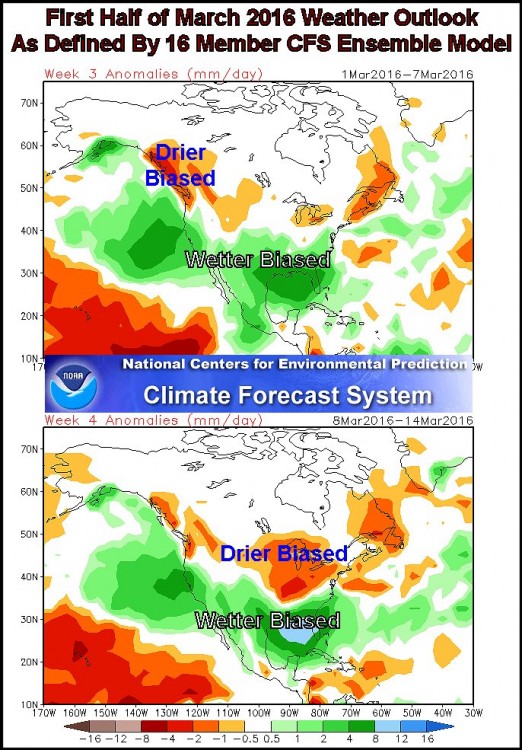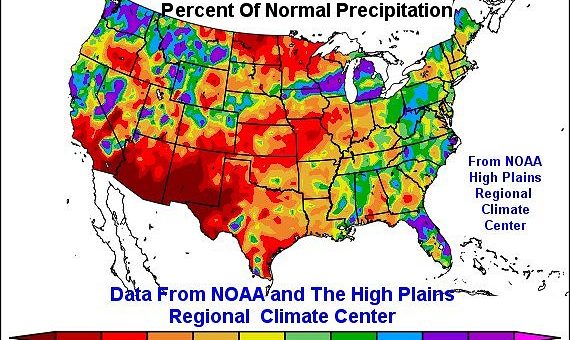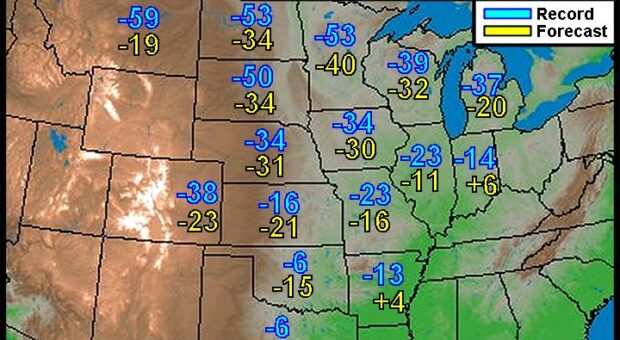
Will calm weather conditions continue?
Weather conditions in many areas around the world are favorable today. It reminds me of the old days of stable weather in which an extreme event was a couple of inches of rain, wind gusts to 45 mph and perhaps temperatures five to ten degrees Fahrenheit above or below average. Whatever happened to those days? The past few weeks and months have had a flavor of similarity to that of the 1960s and 1970s, but can it be trusted to continue? That is the question.
The weather became so volatile from the early 2000s and continued through 2013 that we are beginning to become accustomed to the new life. No one needs to be reminded of the extremely active year of tropical cyclones in the Atlantic Basin in 2005. That year produced 31 tropical cyclones, 28 named storms and seven that hit a part of the contiguous United States with one more that skirted the North Carolina coast. This year pales greatly in the shadows of 2005 with a whopping five named storms and one unnamed tropical depression – none of which directly impacted the United States, although Hurricane Arthur did move across the Outer Banks of North Carolina in July.
Changing ocean temperatures in the tropical eastern Atlantic Ocean and some increased wind shear due (in part) to El Nino like conditions are given credit for the change. Cool Atlantic Ocean Basin temperatures occurred often in the 1960s, 1970s and 1980s and that helps to explain that most of those years produced far fewer named storms than those of more recent past years. Up until this year, many years since 1996 have generated warmer than usual ocean temperatures in the eastern Atlantic resulting in the more stimulated ocean environment for tropical cyclone development.
Have the past two years of fewer storms than expected signaled a change back to more tranquil weather after a prolonged period of volatility. No, not yet, but it does foretell the future. Once the tropical Atlantic Ocean does move into an extended period of cooler water temperatures the excitement of so many significant tropical cyclones will likely subside. The Atlantic has been in a warmer mode since 1996 and usually the warmer biases and cooler biases dominate for a few decades at a time – at least that is what has happened since the turn of the 20th century. There seems to be more years left in this cycle and we should not be surprised to find ocean temperatures warming again in the very near future.
One interesting fact should be pointed out. Since 1996 when the Atlantic Ocean Temperatures moved into a warmer than usual mode, there have been a few other years besides 2014 that have had some months of cooler than usual ocean water. One of those years was 2009 and that year had only 11 tropical cyclones and nine named storms. 2009 was a year in which we transitioned from La Nina conditions to El Nino and the combined impact of mild ocean temperatures and increased wind shear associated with El Nino resulted in the fewer storms than in the years preceding and following that year.
It sounds a little like the cycles in the ocean may have much to say about future volatility in the tropics. In my next blog I will discuss the recent return to favorable crop production after 2008, 2009, 2010, 2011 and 2012 which tended to be rather extreme years for short term climate, crop production and commodity prices.









October 9, 2014
No Comments